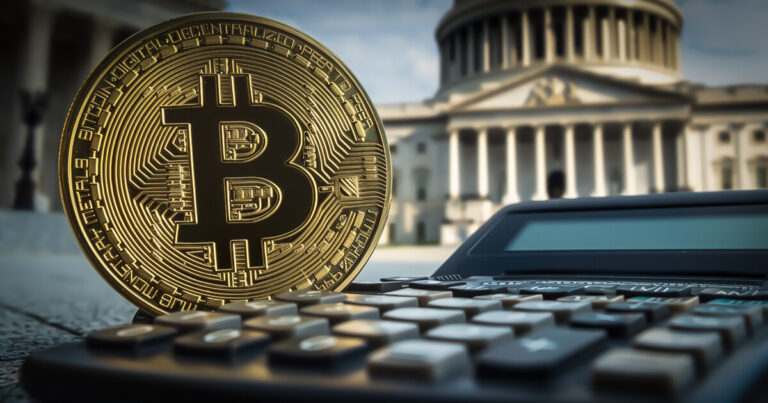Repo Rate Surge Sparks Liquidity Concerns in US Financing Markets
Introduction
Recent liquidity pressures in the U.S. financing market have raised concerns among Wall Street participants about potential challenges as the year-end approaches. There is apprehension that rates related to repurchase agreements (repos), which are overnight loans secured by U.S. Treasury bonds, may spike in December.
Understanding Repo Rates
Repo rates play a crucial role in the functioning of financial markets. They serve as the benchmark for short-term borrowing costs and are closely monitored by investors and policymakers. When repo rates surge, it indicates a shortage of liquidity in the market, which can have far-reaching implications.
Repo rate spikes can lead to increased volatility in financial markets, as borrowing costs rise. This can put pressure on financial institutions and investors who rely on short-term funding through repos. The surge in repo rates can also impact the overall economy, as higher borrowing costs can dampen consumer spending and business investment.
Furthermore, a repo rate surge can disrupt the smooth functioning of financial markets, leading to liquidity problems and potentially triggering a broader financial crisis. Market participants are closely watching the situation and taking steps to address any potential risks that could arise from a liquidity crunch.
How This Will Affect Me
Based on information from online sources, a repo rate surge can have several effects on individual investors. Higher repo rates can translate to higher borrowing costs for financial institutions, which can ultimately affect consumers through higher interest rates on loans and mortgages. This could lead to decreased spending power for individuals and potentially impact savings and investment decisions.
How This Will Affect the World
A repo rate surge can have global implications beyond U.S. financing markets. In an interconnected world, financial markets are closely linked, and disruptions in one market can quickly spread to others. A spike in repo rates in the U.S. can trigger volatility in other markets, affecting global financial stability and economic growth.
Conclusion
In conclusion, the recent repo rate surge has sparked liquidity concerns in U.S. financing markets, raising alarms among Wall Street participants. The implications of a repo rate spike go beyond short-term borrowing costs, potentially affecting the overall economy and global financial stability. It is essential for market participants and policymakers to closely monitor the situation and take proactive measures to mitigate any risks that may arise from liquidity pressures in the market.




